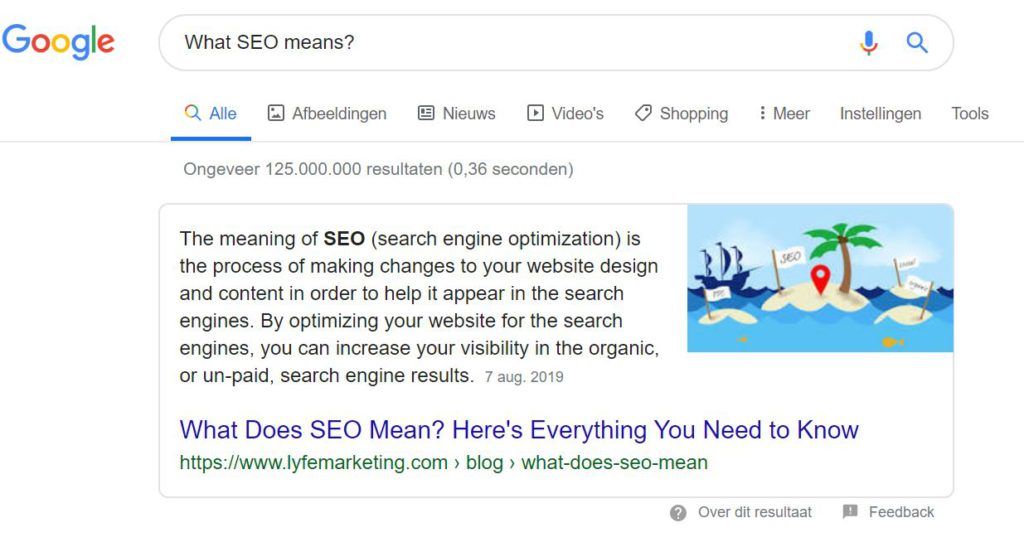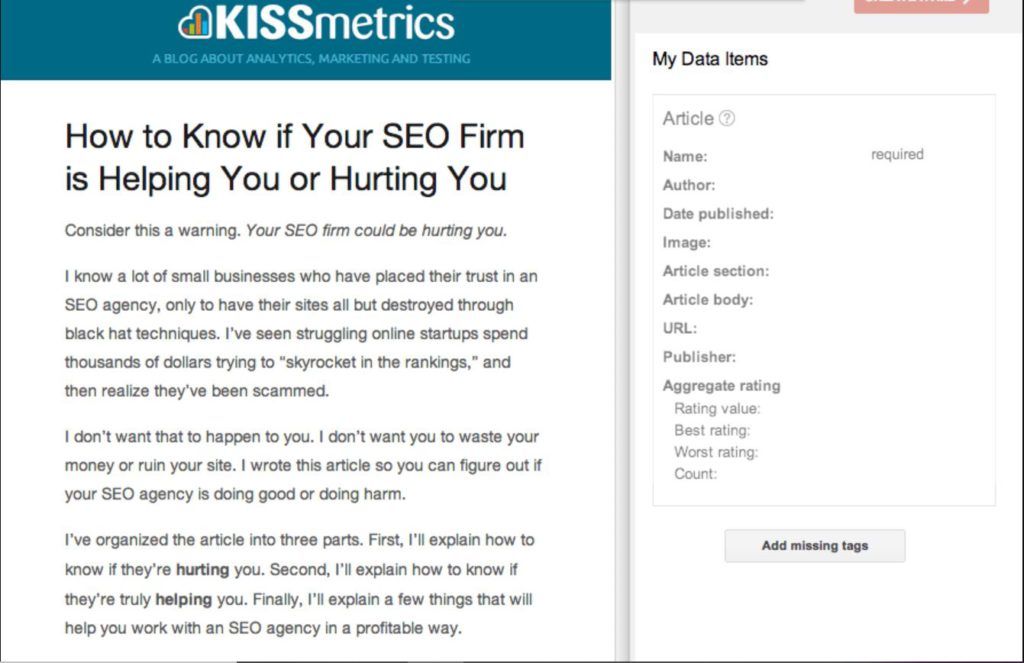I’m starting to savour the new year and it smells wonderful.
It reminds me of the smell of those new books I would open for the first time and sniff every beginning of September when I was at school.
I used to look over the pages and feel thrilled about all the new things I would learn in the next months. Yes, I admit it, I used to love learning new things at school, I still do.
I haven’t yet sat down to put together my planning for 2020, in order to decide how I want to live my life and my business in the next months. Although I like to give unexpected turns and improvise as well… That’s the artistic part of my soul! 😊
I hope you are an early bird, unlike me, and you have done your planning already…
Google has also made its plans and improvements for the new year and, as always, we’ll have to do our homework to work out, depending on what’s new, how we can adapt our websites to those changes.
All so we won’t get left behind and be able to make our way up to the first page of search results.
To find out what’s cooking at Silicon Valley I have studied some of the best blogs on the subject such as HubSpot, Neil Patel and Express Writers.
Then I have made a summary for you with the most important changes in SEO and the best ways to adapt our websites, and above all, our content, to these changes.
Let’s see those changes together, shall we?
Google’s major changes in 2020
1. Fewer clicks
The number of clicks on links appearing on Google’s result pages has been decreasing over the past year and will continue to do so.
The reason is that people get their answers directly from Google through featured snippets.
We find more and more often this way of presenting the information we are looking for.

A recent study found that 40% of searches by 13- to 18-year-olds end up not clicking on any link because they get the information they need from the featured snippets.
When the study was done on people between 20 and 35 years old only 20% of the searches are done without clicking on a link.
Google hasn’t changed its algorithms just to be annoying, but because it wants to provide a better user experience.
With the featured snippets, we find our answers faster and this is what we all want when we do a search.
Google already provides many solutions directly on the search results page, for example, for journeys or flights, in the past you had to click on a link to get this information, now you don’t have to because Google already provides us with the information we need directly.
This is a huge advantage for the user but for the business the thing changes.
So get used to the idea: in 2020 we will see less traffic on our websites in general.
But don’t get depressed and keep reading! In the end, traffic is not everything, traffic is one way but what matters is sales. Right?
2. Google Vs Amazon
The number of visits to the websites that come from organic traffic is decreasing. One of the reasons is what we have seen in the previous section, people make fewer clicks on the links as they get answers directly on Google search results pages.
And the other reason is Amazon. People also find almost everything they want to buy on the Leviathan of online sales.
Google is working hard to compete with Amazon through Shopify and snatch the crown to become the biggest online store in the world.
The good thing about all this is that if your shop is on Shopify you will be able to make more sales without having to send traffic to your website.
Google users are also increasingly grateful for the information that appears directly in Google My Business.
Because they can see the opening hours, contact numbers, address, customer reviews, etc…
You can even buy products directly without having to click on the link.
For all these reasons the volume of traffic to websites is going to decrease but the positive side is that the better Google is in terms of user experience the more people will use it and therefore the more likely they will find your business.
On top of that, the traffic to your website will be of higher quality because those people who land on it are not only looking for an answer (which has already been given by Google) but have clicked on your link because they have a greater interest and therefore will be easier to convert.
Are you now excited? I am 😊
3. Quality content is once again a priority
The trend that continues to grow unparalleled and will be more important than ever, is publishing quality content.
As we have seen above, people want quality information that is clear and responsive to their interests.
Consumers no longer just buy, they want to know everything about what is the best product and why they should choose one product over another.
Strategic content publishing generates 67% more potential customers than no content publishing or mediocre content publishing, according to a HubSpot study.
At the same time, 71% of B2B buyers read content from several blogs before deciding to buy (3-5 blogs is the norm).
According to Julia McCoy from Express Writers
“More and more people are realising how well quality content works, so by 2020, we’ll see more content from more brands. The word to focus on, however, is ‘great’. Without that qualifier, you don’t stand a chance. In 2020, mediocre posts will have no place, including those “average” or “not bad” posts that make you shrug your shoulders after reading the first paragraph¨.

4. More voice searches
This trend has been going strong for a couple of years now and will continue to grow. People want answers and quick solutions and talking is always easier than typing.
Now, don’t panic, because below we’ll see how you can adapt your website to all these new trends so that your business can benefit from all these changes.
Be quick and implement them before anyone else!
Tips to keep increasing your organic traffic in 2020.
Now that we have seen the new trends in SEO for 2020, let’s see how we can adapt our websites and our content to them so that we don’t get left behind and continue to attract organic traffic to our businesses.
1. Become an expert on your target audience
Many businesses focus simply on keywords, not realising that what’s important is to focus on the issues and interests of your target audience in order to anticipate their search intentions.
These are the 2 questions you have to ask yourself every day before deciding what kind of content you are going to create and how you want to present your brand out there.
- What does your buyer persona want?
- What are their current interests and concerns?
What they definitely want is to see product comparisons to decide which one they should buy, they want advice on how to sleep better, on how to improve their sales, their body, their lives…
They want more detailed information that a featured snippet doesn’t provide.
That’s why your content has to focus on long-tail keywords and on questions and answers expressed in natural-sounding phrases, like in a conversation.
This means that unnatural-sounding keywords, added everywhere on a webpage, like people used to do, have no place in the online world anymore.
You also have to put attention on the formatting of these keywords within the content with, for example, bullets, short paragraphs, bold text, and other signs that tell Google, “Hey, this is important!”
2. Increase your click per ratio by writing eye-catching headlines
In this new year more than ever you’ll have to rack your brains to create clickable headlines.
Use keywords your competition is not using and write compelling metadescriptions so people will want to click on your link even if it’s on a lower position on the search results page.
This is what metadescriptions look like:

3.Use Schema markup
I have only recently learned about it and I’m already investing time to mark the most important pages of my blog and my website with Schema markup.
At first it seems a bit confusing but if you follow the instructions Neil Patel explains on this post, you’ll get it. God save Mr. Patel! 🙂
Meanwhile I’ll tell you a little bit about what this is all about.
Schema markup is a project that Yahoo, Google and Bing have carried out in a common effort to sort out the information found on the Internet.
Sometimes the competition comes together to make an effort that will bring benefits to everyone.
What’s Schema markup?
Schema markup is a user-centred improvement. Search engines exist for users to get the information they need.
When a website has this indexing system, users can see on the search results pages what a website is about, where they are, what they do, how much things cost, and many other things.
Some people have already started calling Schema markup “your virtual business card”.
When you follow the steps on the page I mentioned earlier, you provide Google, Bing and Yahoo with additional, organised information so they can present this information the user is looking for in a more precise and concise way.
Let’s see how the creators of Schema markup describe it:
“Your website has an underlying meaning that people understand when they read the pages. But search engines have a limited understanding of what is discussed on that page. By adding additional tags to the HTML of your web pages – tags that say, “Hey search engine, this information describes this movie, or site, or person, or video” – with Schema markup you can help search engines and other applications better understand your content and display it in a useful and relevant way. Microdata is a set of tags, entered with HTML5, that allows you to do this”.
Google and its competitors reward pages with better indexing, so it’s worth the effort.
You don’t have to index each and every page of your website, especially if you have a lot of content in your blog or your product catalogue, but it’s worth indexing those that bring you the most traffic or are most relevant to your business objectives.
In a nutshell, what you have to do is to add labels in this way:

4. Work hard to build a loyal audience that will return to your site
As the number of clicks is decreasing you’ll have to work harder to build a loyal audience that will return periodically to your website.
The way to achieve this is by maintaining a good email and social media marketing strategy.
On this post you will find detailed information on how to sell more through emails and on this other one you will find tips on how to write on social media in order to build a loyal audience.
Use as many social networks as you can, as long as the content is of good quality.
Don’t publish for the sake of publishing and be a nuisance because people will get tired and run away from you.
Publish less often but publish quality content that people not only want to read but actually need.
5. Create and publish amazing quality content consistently.
This point is related to the previous one.
Inconsistent content is a recipe for a digital suicide. Share on XIf you don’t update your content regularly (either by tweaking older posts or by posting new ones), or if you don’t maintain your quality standards, you will eventually hurt your visibility in search engines.
6. Use long-tail keywords
As we saw in the previous section, the use of long-tail keywords will be vital.
Focus more on long-tail keyword searches and create more content targeted to these searches.
More and more people will use long keywords in an attempt to eliminate the straw and better refine Google searches to get specific results.
By betting on long keywords in your content and nailing down the user intent behind them, you will attract people who are looking for better and more relevant search results.
Conclusion
We have already seen the most important new SEO trends for 2020.
Stay on top of this:
1. TRUE quality content that responds to long keyword searches
2. Help Google index information correctly with Schema markup
3. Detail your business information on Google my Business
May this new year bring you more sales!
See you around.




0 Comments